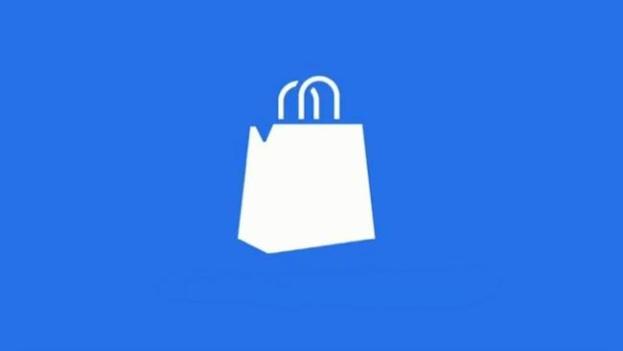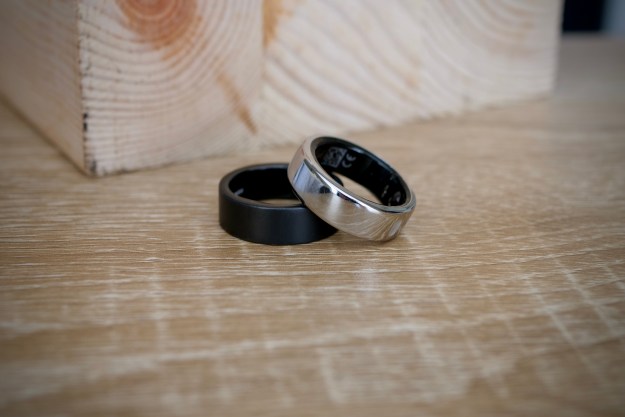
With the recently unveiling of Apple’s new iOS 7, gradients and neon colors aside, a lot of comparisons are being made to the look and feel of Windows Phone 8. But regardless of how either of the two look when sitting side-by-side, there’s one department that Windows is sorely lacking in: apps.
According to Bloomberg, Microsoft isn’t wasting time with its head buried in the sand. It knows that app land is one of the biggest factors hurting its sales. To put it in perspective, while Microsoft did surpass BlackBerry sales in the first quarter with 7 million units shipped, those numbers are a long way from the 161 million Android phones shipped during the same period.
So how to convince app developers to bring their creations to a less popular platform? Well, you dig deep into your Daddy Warbucks pockets and shell out some incentive to developers. And that’s exactly what the company is doing. To convince companies to bring their apps over to Windows, Microsoft is paying in excess of $100,000 per app.
Newer and better phone options may also help give Microsoft a boost, particularly the Lumia devices being released by Nokia. But without a shadow of a doubt, if more apps aren’t made available, Microsoft will have to get comfortable with its position down toward the bottom of the totem pole.
Editors' Recommendations
- The best iPhone keyboard apps in 2024: our 12 favorites
- Best Google Pixel 8 Pro deals: Save $1,000 on the best Pixel phone
- I hate my iPhone’s keyboard, but this app made it better
- OnePlus 8T vs. iPhone 12: Can OnePlus’ latest kill Apple’s flagship?
- The Galaxy Note 20 brings seamless Android app integration to Windows 10


